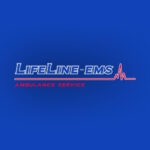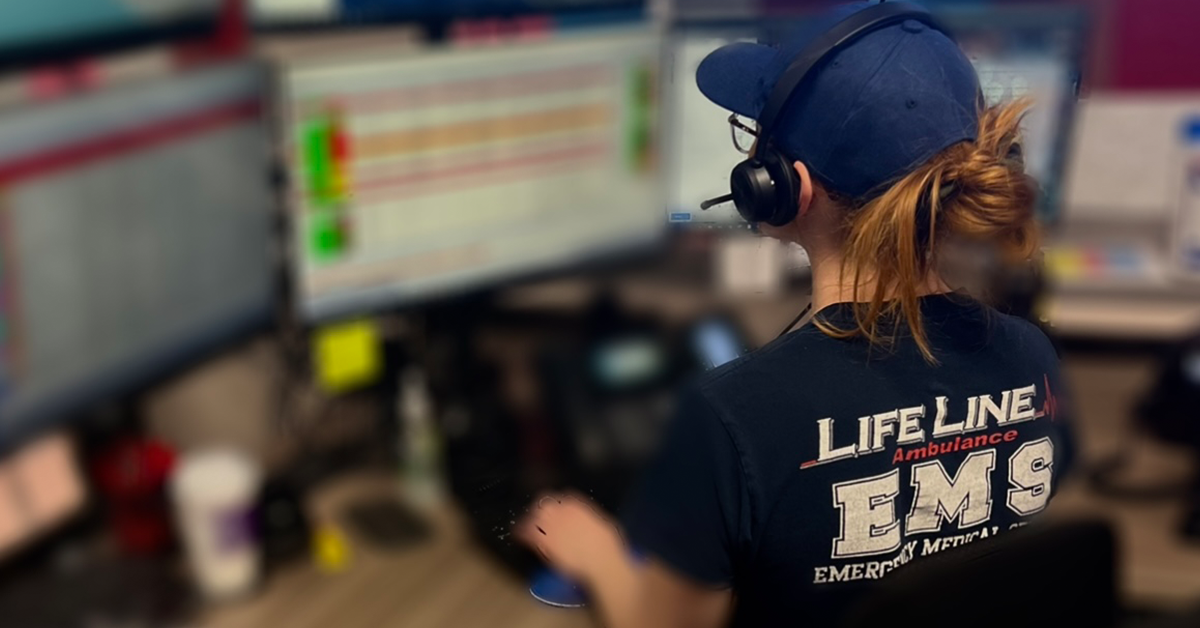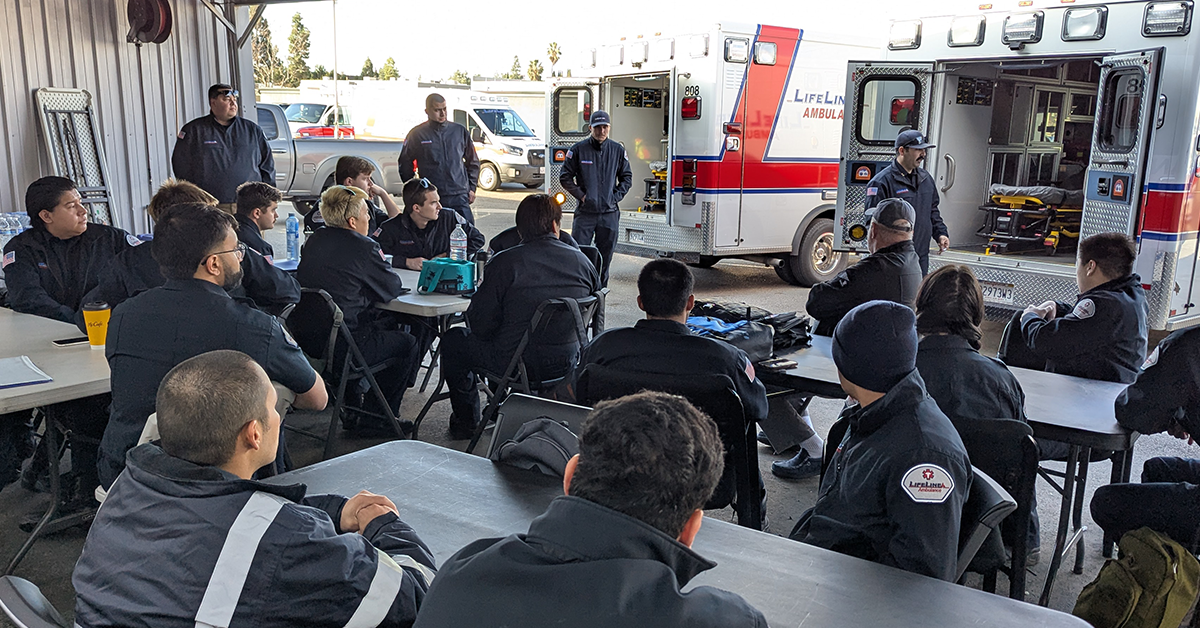Emergency Medical Technicians (EMTs) are integral to the healthcare system, providing life-saving care in high-pressure situations. While the role of an EMT is rewarding, many professionals aspire to expand their skills and career opportunities by transitioning into nursing. Nursing offers a broader scope of practice, diverse career paths, and greater job stability, making it an appealing next step for EMTs.
Why Transition from EMT to Nursing?
1. Broader Scope of Practice
While EMTs focus on pre-hospital care and stabilization, nurses are involved in long-term patient care, treatment planning, and specialized medical procedures. This expanded scope allows for deeper engagement with patients and a more varied work environment.
2. Career Growth Opportunities
Nursing offers diverse specialties, including emergency care, pediatrics, oncology, and critical care. With additional education, nurses can pursue advanced roles like nurse practitioners or nurse anesthetists.
3. Increased Earning Potential
Nursing roles typically offer higher salaries than EMT positions. For example, the median annual wage for registered nurses (RNs) in California is significantly higher than that of EMTs.
4. Stability and Demand
The demand for nurses is consistently high, particularly in metropolitan areas like Los Angeles. This stability provides job security and numerous opportunities for advancement.
5. Transferable Skills
EMTs already possess critical skills that are highly valued in nursing, including:
- Quick decision-making under pressure.
- Effective communication and teamwork.
- Strong patient assessment and care skills.
Steps to Transition from EMT to Nursing
Transitioning from EMT to nursing requires planning, education, and dedication. Here’s a step-by-step guide:
1. Research Nursing Programs
The first step is to explore nursing programs that align with your career goals. Common pathways include:
- Associate Degree in Nursing (ADN): A 2-year program that prepares you for entry-level nursing roles and eligibility for the NCLEX-RN exam.
- Bachelor of Science in Nursing (BSN): A 4-year degree that opens doors to advanced nursing positions and leadership roles. Many schools offer accelerated BSN programs for those with healthcare experience.
2. Meet Prerequisite Requirements
Most nursing programs require prerequisite coursework in subjects like:
- Anatomy and Physiology
- Microbiology
- Chemistry
- Psychology
EMTs often have completed some of these courses, giving them a head start.
3. Consider Bridge Programs for EMTs
Many schools offer EMT-to-RN bridge programs, which are designed to leverage your experience and accelerate the transition. These programs often:
- Offer credit for prior healthcare experience.
- Focus on building advanced clinical and theoretical knowledge.
- Include flexible schedules to accommodate working professionals.
4. Apply to Nursing Programs
When applying, emphasize your EMT experience, highlighting skills like patient care, crisis management, and teamwork. Strong letters of recommendation and a personal statement can further strengthen your application.
5. Obtain Your RN License
After completing a nursing program, you’ll need to pass the NCLEX-RN exam to become a licensed registered nurse. Many programs include NCLEX preparation as part of their curriculum.
6. Explore Specializations and Certifications
As an RN, you can pursue certifications in areas like emergency nursing (CEN), critical care (CCRN), or trauma nursing (TNCC), which align well with your EMT background.
Balancing Work, School, and Life During the Transition
Transitioning from EMT to nursing can be demanding, especially if you’re working while pursuing your education. Here are some tips to manage the workload:
1. Opt for Flexible Programs
Many nursing schools in Los Angeles and Southern California offer:
- Part-time or evening classes.
- Online coursework for theoretical components.
- Hybrid programs combining online and in-person learning.
2. Plan Financially
Nursing school can be an investment, but there are resources to help:
- Scholarships: Many organizations offer scholarships specifically for EMTs transitioning to nursing.
- Grants and Financial Aid: Federal and state programs can offset costs.
- Employer Tuition Assistance: Some EMS employers, including LifeLine EMS, may provide tuition reimbursement or support.
3. Build a Support Network
Stay connected with colleagues, friends, and family who can provide encouragement and help during busy periods.
4. Practice Self-Care
Balancing work, school, and life requires prioritizing your physical and mental health. Make time for rest, exercise, and relaxation to prevent burnout.
Challenges and How to Overcome Them
While transitioning from EMT to nursing is rewarding, it’s not without challenges. Here’s how to address common obstacles:
Challenge: Academic Rigor
Nursing programs involve intensive coursework and clinical rotations.
Solution: Utilize campus resources like tutoring, study groups, and academic advisors. Break down coursework into manageable segments and stay organized with a schedule.
Challenge: Financial Strain
The cost of nursing education can be a concern.
Solution: Research scholarships, grants, and loan forgiveness programs. California offers several options for healthcare professionals, including the California State Loan Repayment Program (SLRP).
Challenge: Balancing Responsibilities
Juggling work, school, and personal life can be overwhelming.
Solution: Choose a program with flexible scheduling and delegate responsibilities when possible. Communicate with employers and instructors about your commitments.
Opportunities for EMTs Transitioning to Nursing in Southern California
Los Angeles and Southern California offer unique opportunities for EMTs pursuing nursing careers:
Diverse Healthcare Settings
The region is home to world-class hospitals, clinics, and specialized care centers, providing a variety of work environments for nurses.
Accelerated Programs
Many schools in Southern California offer bridge programs specifically designed for EMTs, including:
- University of California, Los Angeles (UCLA)
- California State University, Los Angeles (CSULA)
- West Coast University
High Demand for Nurses
Southern California’s growing population ensures a steady demand for qualified nurses, particularly in urban and underserved areas.
Supportive Communities
Local organizations and EMS providers, such as LifeLine EMS, actively support EMTs transitioning to nursing through mentorship, career counseling, and financial assistance.
How LifeLine EMS Supports EMTs Transitioning to Nursing
At LifeLine EMS, we are proud to help our EMTs grow and succeed in their careers. Our initiatives include:
1. Tuition Reimbursement
We offer financial assistance for EMTs pursuing further education, including nursing programs.
2. Flexible Work Schedules
We provide flexible shifts to accommodate school commitments, ensuring our team members can balance work and education.
3. Career Mentorship
Our experienced staff and leadership team offer guidance to EMTs exploring nursing careers, including advice on programs, applications, and career paths.
4. Networking Opportunities
LifeLine EMS connects team members with nursing professionals, alumni, and industry leaders in Southern California to support career growth.
Keep Reading
Want more? Here are some other blog posts you might be interested in.
In the high-stakes world of emergency medical services, clear and effective communication can mean the difference between life and death. EMS professionals...
Emergency Medical Services is an ever-evolving field that requires constant learning and adaptation. With medical advancements, technological innovations, and increasing public health...
Emergency Medical Services s a high-stress, physically demanding profession that requires dedication, quick decision-making, and resilience. While the rewards of saving lives...






